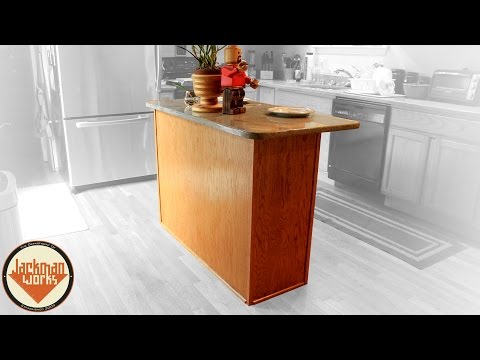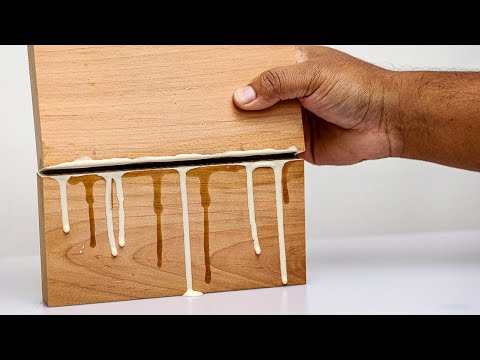Forget about the turtles, look at the tile
The Galapagos Islands, in the Pacific, west of Ecuador, represent one of the world’s richest environments, with more endemic species than anywhere else.
Ninety seven percent of the reptiles and land mammals, nearly 80% of the land birds, and more than 30% of the plants are unique to the islands.
If you snorkel or dive in the teaming, warm waters that envelope the archipelago, more than 20% of the marine species you will see are found nowhere else on earth.
But I am a builder, not a naturalist, so on a recent visit, instead of snorkeling or ogling giant tortoises, I paid close attention to the unique hardwoods, flamboyant tilework, volcanic stone construction, and the fabulous, sprouting fence posts.
Eventually the posts become trees again, creating a canopy of color the envelops the road.
Endemic hardwood trees, such as the “cedrela” (also called Spanish Cedar) are only harvested once dead.
They are used to make beautiful tables and chairs.
All around the island, the luster of cedrela furniture, doors, and trim gives a rich, opulent finish to the islands' building interiors.
The locals have a penchant for flamboyant use colorful ceramic tile.
Some of the tiled walls, floors and fences surpass attractive, architectural details to become minor works of art.
I was especially intrigued by the use of volcanic stone as a building material. It’s used as masonry for building homes, fences, and a very rough paving.
There’s plenty of it on the islands, as the 13 major islands and 7 smaller islands that make up the Galapagos archipelago are remains of the rim of an ancient volcano.
Below is a more traditional masonry wall that the stone cutter is cladding with thin slices of volcanic rock.
And… okay, a Chalome Elephantopus negra, otherwise known as a Galapagos Giant Tortes. Once nearly extinct, they’re everywhere, thanks to excellent conservation, like pigeons in the park.
— Fernando Pagés Ruiz is ProTradeCraft's Latin America Editor. He is currently building a business in Ecuador and a house in Mexico. Formerly, he was a builder in the Great Plains and mountain states. He is author of Building an Affordable House and Affordable Remodel (Taunton Press).
The island soils remain so fertile, never having tasted agricultural chemicals, that when residents plant “porotillo” posts along the road to string barbed wire, the posts begin to sprout leaves and become a truly green building fence.












